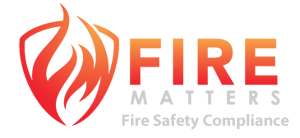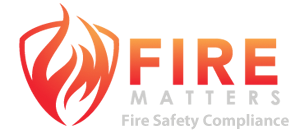Why Using Licensed Professionals for Fire Safety is Essential
Why Using Licensed Professionals for Fire Safety is Essential
According to Section 54(1) of the Building Fire Safety Regulation 2008:
The occupier of a building must ensure that maintenance of each prescribed fire safety installation for the building is carried out by an appropriately qualified person.
This applies to all Class 3 Building Occupiers, Body Corporates, Building Owners and Strata Management Companies.
Why you need to check licences
Hiring licensed professionals is not just about ticking boxes, if there’s an incident, being able to show that qualified professionals did the checks and maintenance can help legally, as body corporates can be held accountable if something goes wrong.
Experience with multi-occupancy sites
Licensed fire safety professionals know all about strata communities. They understand the legal requirements for shared spaces, evacuation plans and challenges of living or working in multi-unit buildings.
Keeps Equipment in Good Shape
Fire safety equipment needs regular maintenance to work properly. Licensed professionals not only know how to spot problems but also how to fix them. Hiring unlicensed people might mean the equipment isn’t maintained properly, which could put lives at risk. Licensed professionals make sure everything is up to scratch and meets safety standards.
Makes Audits and Inspections Easier
When it’s time for audits and inspections, having licensed professionals involved makes things smoother. Regulatory bodies know they can trust licensed experts, which makes the whole process easier for body corporates.
How to check a licence
A QBCC Licence search will confirm the licence class, grade, condition and active status of most fire professionals. You can also check plumber’s licences on the occupational plumber and drainer register to ensure they are endorsed for residential or commercial fire protection, while electrical licences can be checked on the Worksafe website.
Understanding Different Licence Classes
There are three main licence types body corporates should be aware of:
| Inspect & test |
Qualified to visually examine fire protection systems or equipment to establish correct settings, physical condition or fitness for purpose and to test them for correct function or performance. |
| Install & maintain | Qualified to install a fire protection system ready for use and provide an installer’s statement in relation to the work. Also qualified inspect, test and repair or replace defective components to keep a fire protection system in a working order. |
| Certify | Qualified to confirm the correct materials have been used, equipment has been correctly installed and equipment is operating as per the design and prepare the necessary certification (Form 12). |
Understanding Different Licence Streams
The different licence classes will also be subject to specific licence streams, which tell you what type of equipment they are licensed to work on.
| Licence Stream | ||||
| Portable | Passive | Electrical | Water | Special hazards |
| Fire extinguishers, fire hose reels, fire hydrants. | Fire doors, shutters, fire-rated walls and ceilings, joints etc. | Fire detection & warning systems and emergency lighting. | Sprinkler systems, hydrant systems, water mist and hose reels. | Gaseous, foam and chemical systems. |
The necessity for certification
Even if you’ve checked that your service providers have the correct licences to install, maintain, inspect and test your fire safety equipment, when it comes time for your annual survey/condition report, it is essential that you have someone with a certify licence to sign off all the work done during the year. Some service providers have the necessary certification licence, others do not. If you’re unsure, getting an independent third-party compliance check can provide that all-important safety certification.
Speak to us today to organise a third-party audit.

